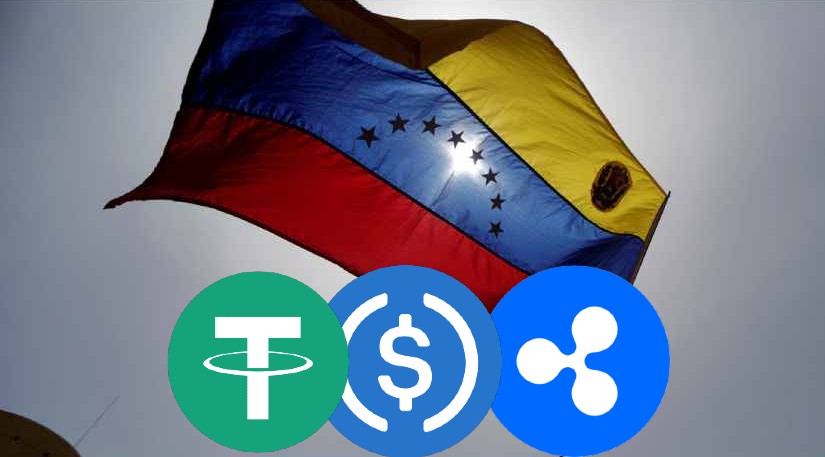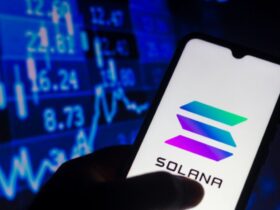The idea is a network that allows banking clients to make deposits in cryptocurrencies.
“This regularizes the circulation of bitcoin and USDT with transparency and appropriate regulations,” he says.
Rodolfo Gasparri, president of the Venezuelan company Conexus and one of the developers of the Interbank Mobile Payment system in that country, is working on the creation of a banking network based on decentralized technology. The goal is to allow users to make deposits and transactions in stable cryptocurrencies.
The project seeks to incorporate stablecoins, such as USD Tether (USDT) and USD Coin (USDC), within the traditional financial system with custody mechanisms and regulated supervision.
Gasparri explained that the use of digital assets has become a common practice among Venezuelans, as a protection method against exchange volatility. Therefore, he considers that the banking system must adapt to this reality.
«We are working on a model that integrates traditional payment methods with the cryptocurrency environment. It is essential to incorporate this model into national banking,” he said in an interview with Banca y Negocios.
The Conexus plan contemplates that financial institutions can offer cryptocurrency deposit and custody servicess, guaranteeing transparency and regulatory compliance. According to Gasparri, this scheme “regulates the circulation of bitcoin and USDT under clear rules, which provides protection to the holder of these assets.”

Although the project does not have a defined implementation date, it is in the development phase. Gasparri compared its potential reach with the impact that Mobile Payment had on the Venezuelan financial system.
“It will mark a before and after in the history of national banking,” he stated, recalling that around 40% of payments in Venezuela are made through this interbank mechanism.
The executive highlighted that the initiative follows the trend of international institutions like BBVA in Spain, which already allows you to operate with USDT from its banking application. He also mentioned that the Swift network is updating its infrastructure to process cryptocurrency operations. Something that, in his opinion, reinforces the need for Venezuela to adopt this type of technological integration.
Gasparri’s plan occurs in a context in which the use of USDT in Venezuela is growing steadily. This, due to the rise of applications and integrations of local companies with the largest exchange in the world, Binance, as reported by CriptoNoticias.






Leave a Reply